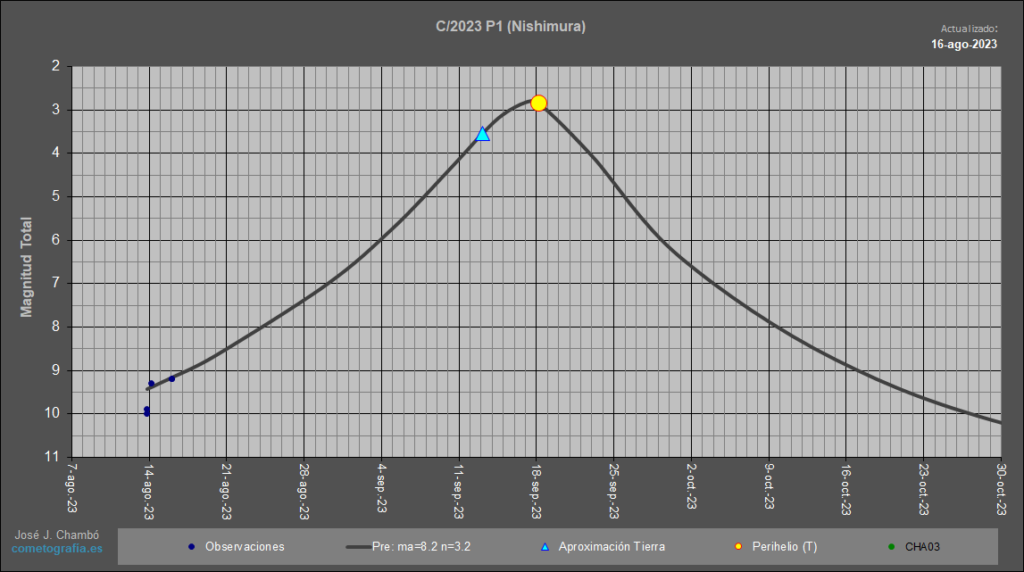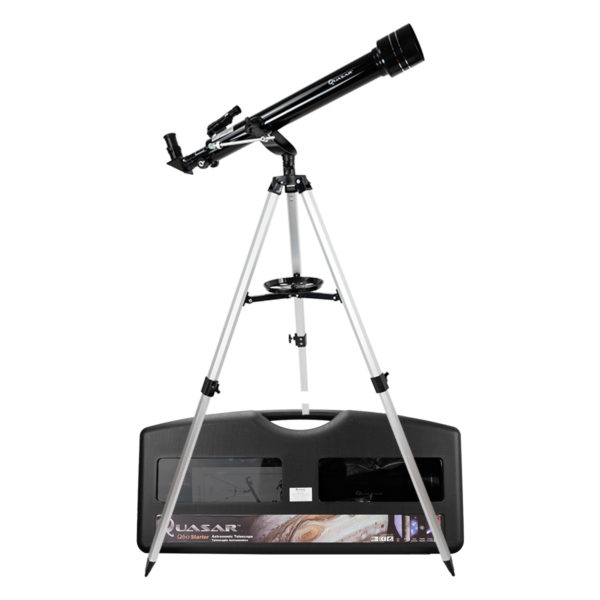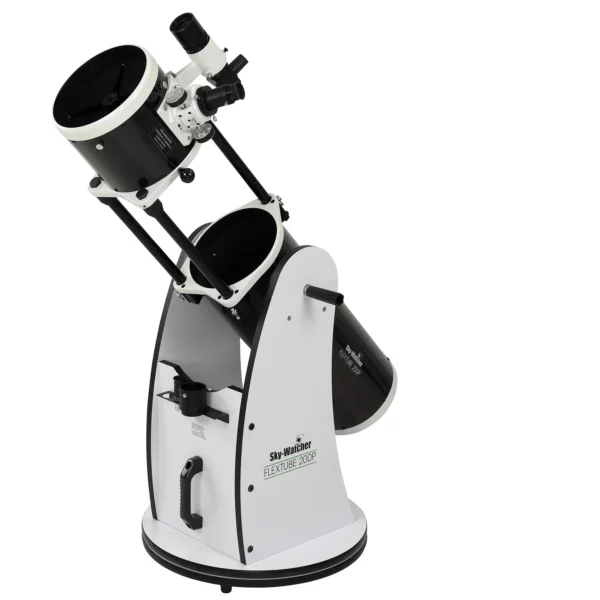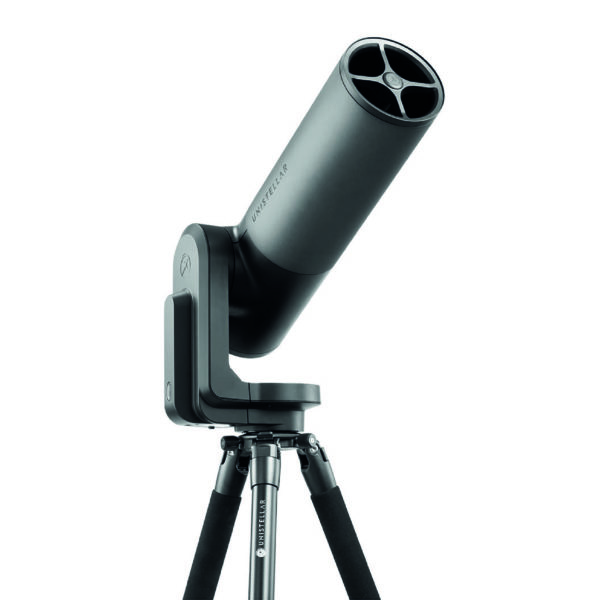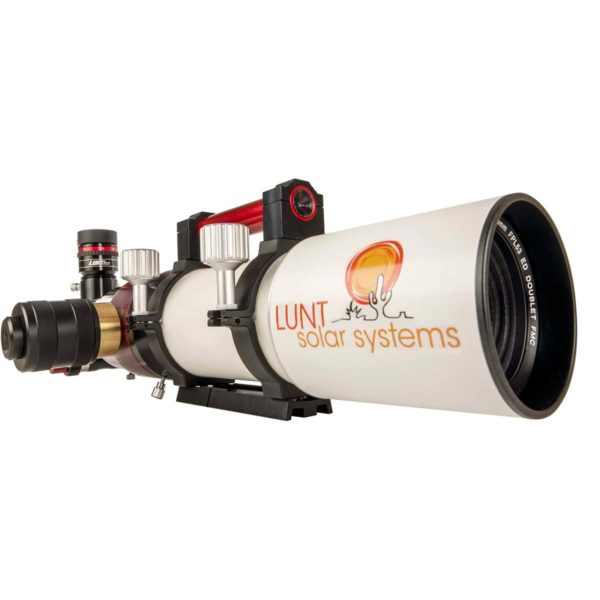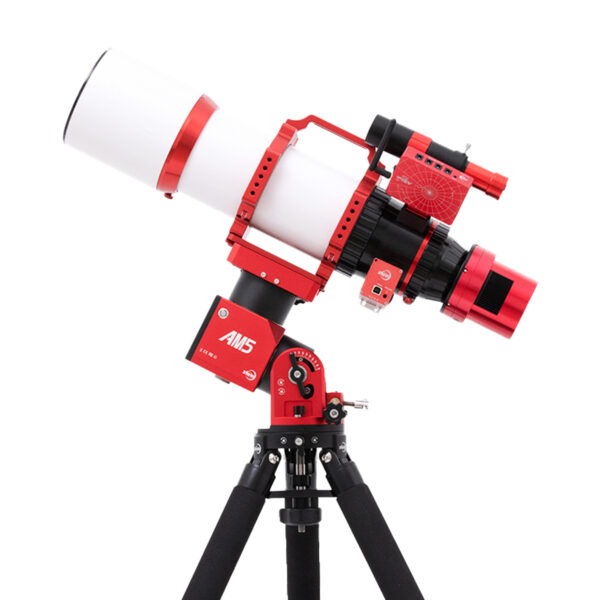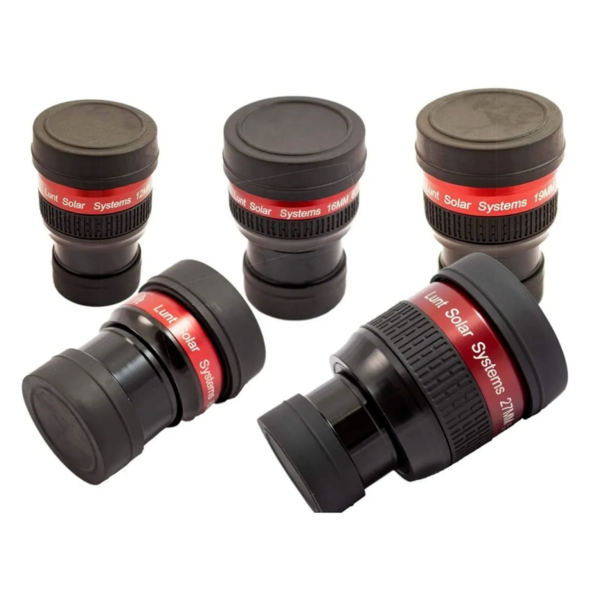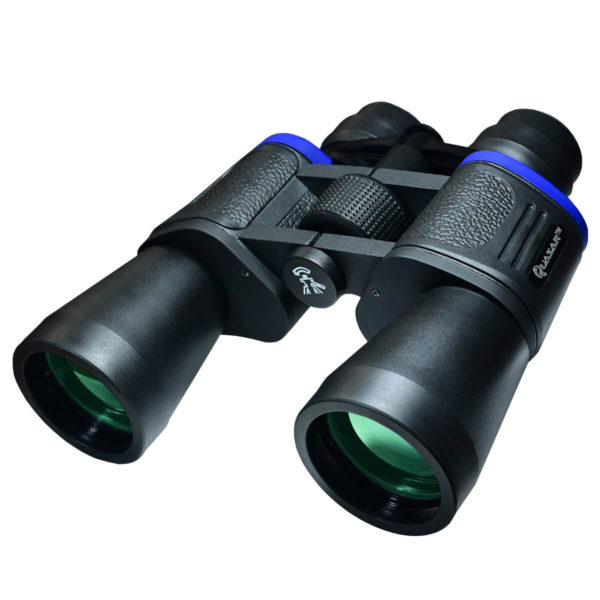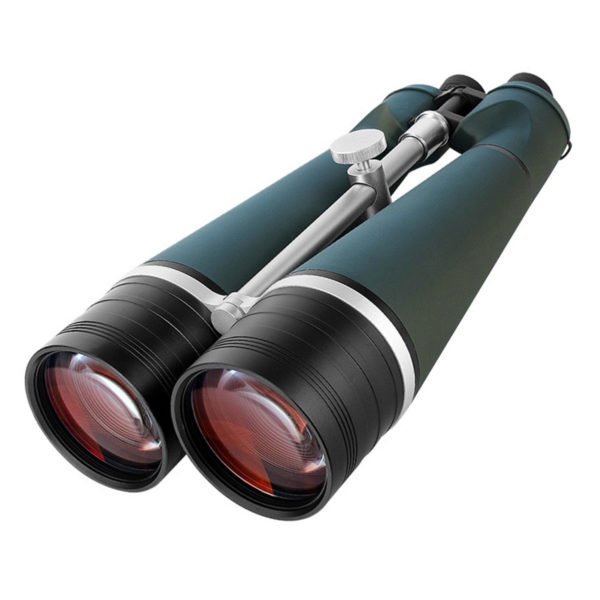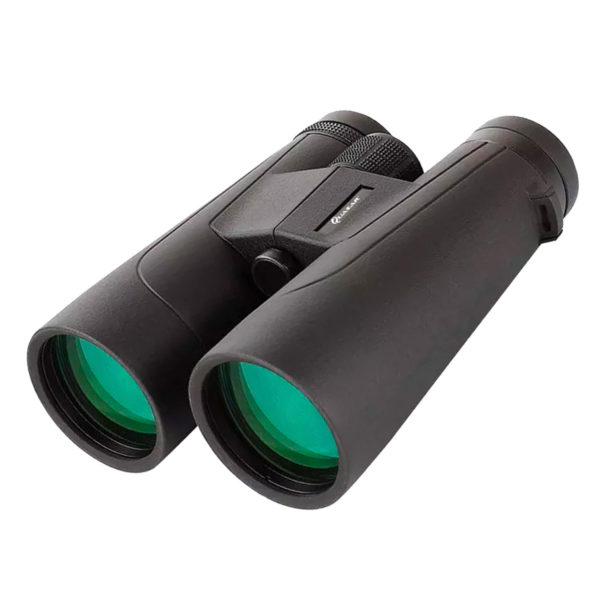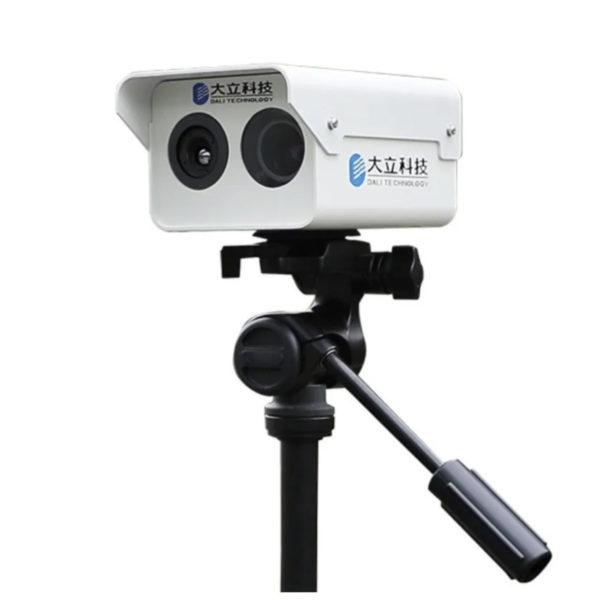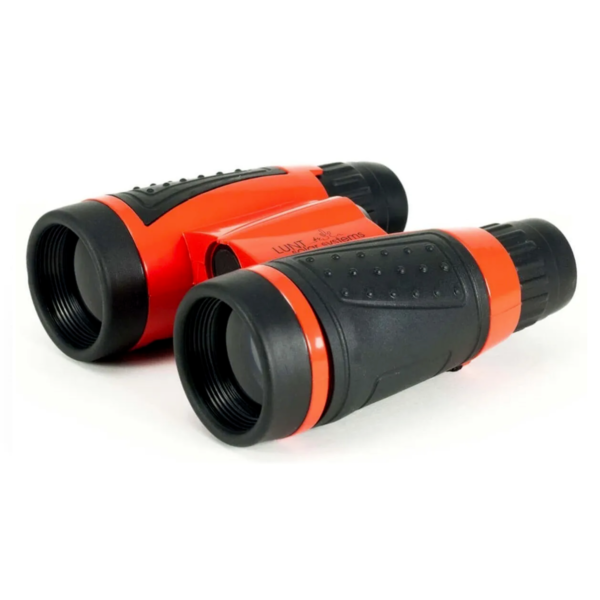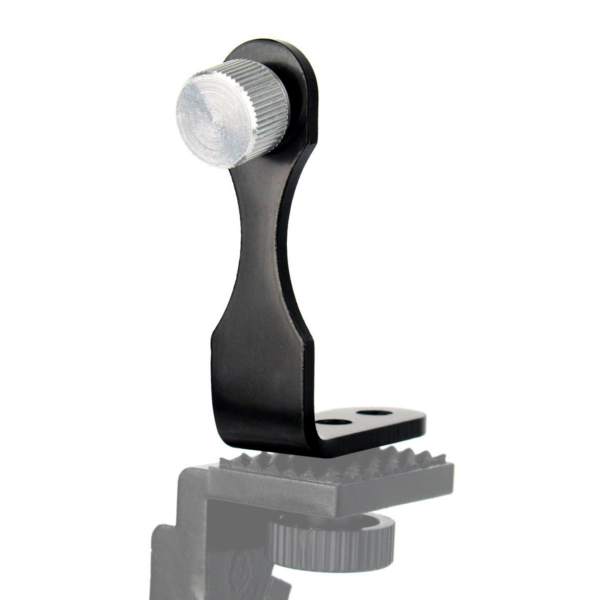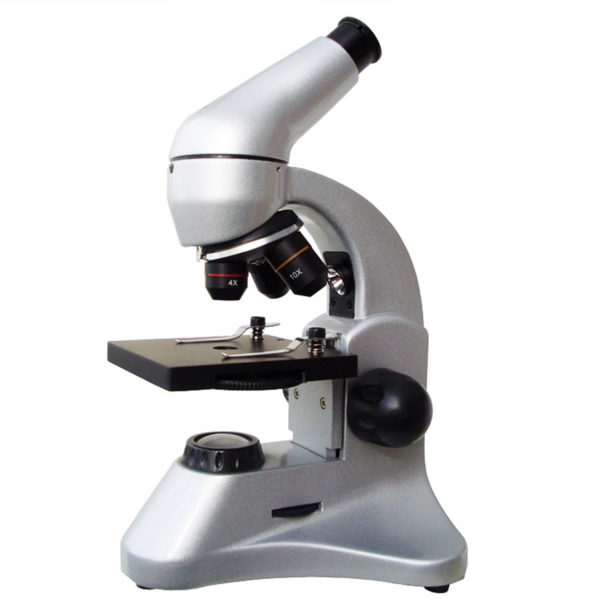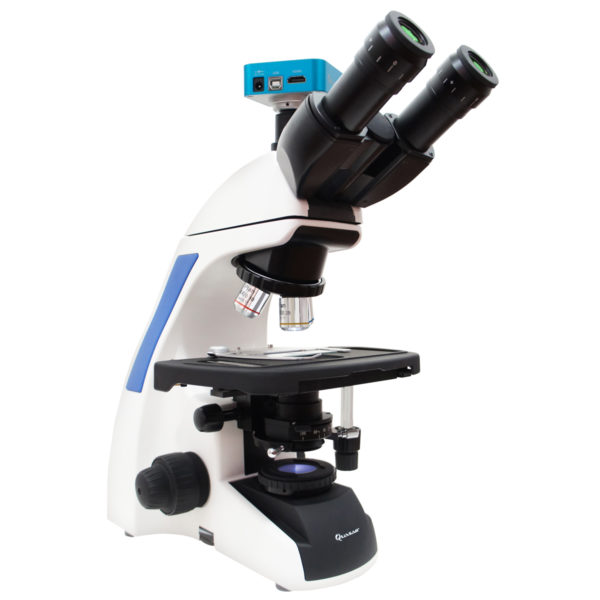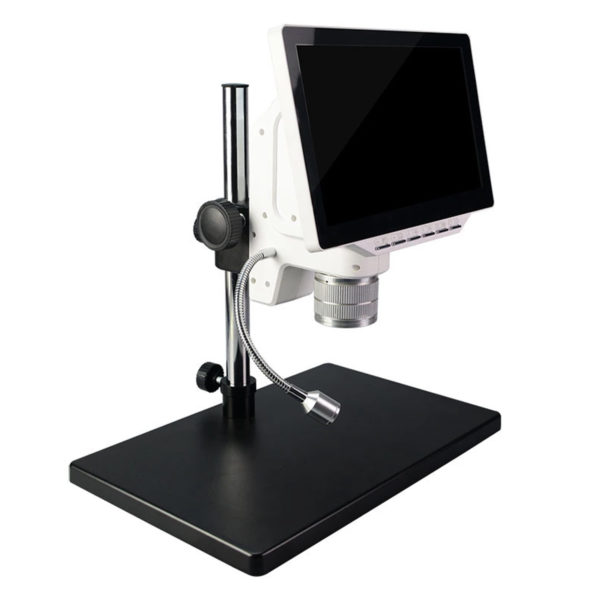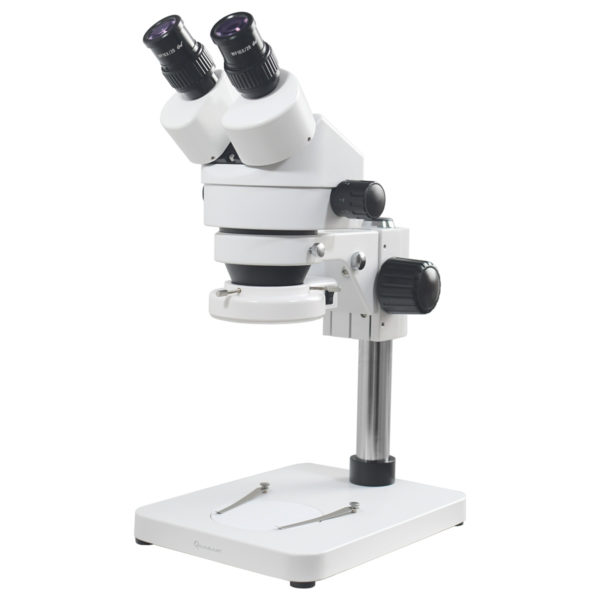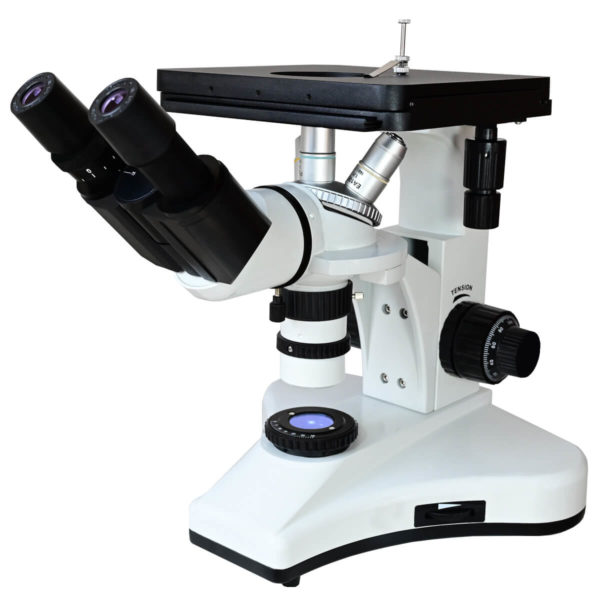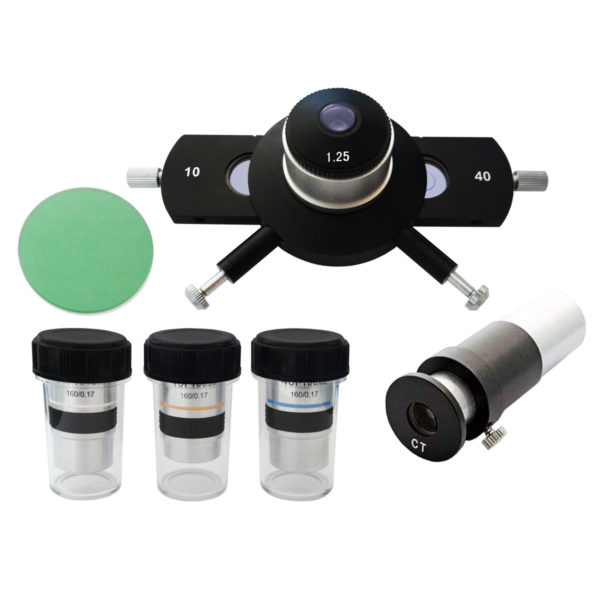New comet C2023 P1 Nishimura
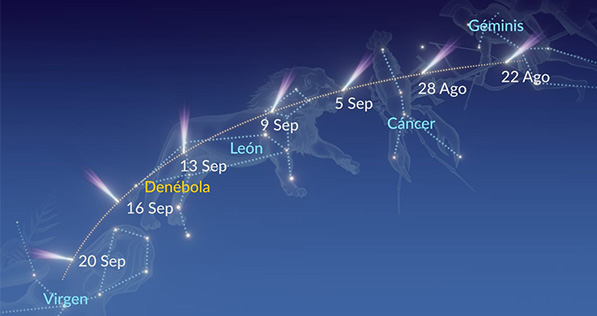
On August 11 of this year, Japanese astronomer Hideo Nishimura detected a bright object very close to the sun. Apparently no one had seen it before, the object was lost in the light given off by our sun, so it was not easy to find it.
The object discovered on August 15 turned out to be a comet, which adopted the name of its discoverer (Nishimura) plus its respective numbering C/223 P1.
On the name we always see that it is numbered and the meaning is the following:
The letter C indicates a non-periodic comet that is passing through the solar system, or takes up to 200 to thousands of years to return to the solar system, such comets almost always come from the Oort Cloud.
2023 P1 is the year in which it was discovered, the P corresponds to the first half of August, while the 1 is the first object discovered in the same period.
And well Nishimura is the name of its discoverer.
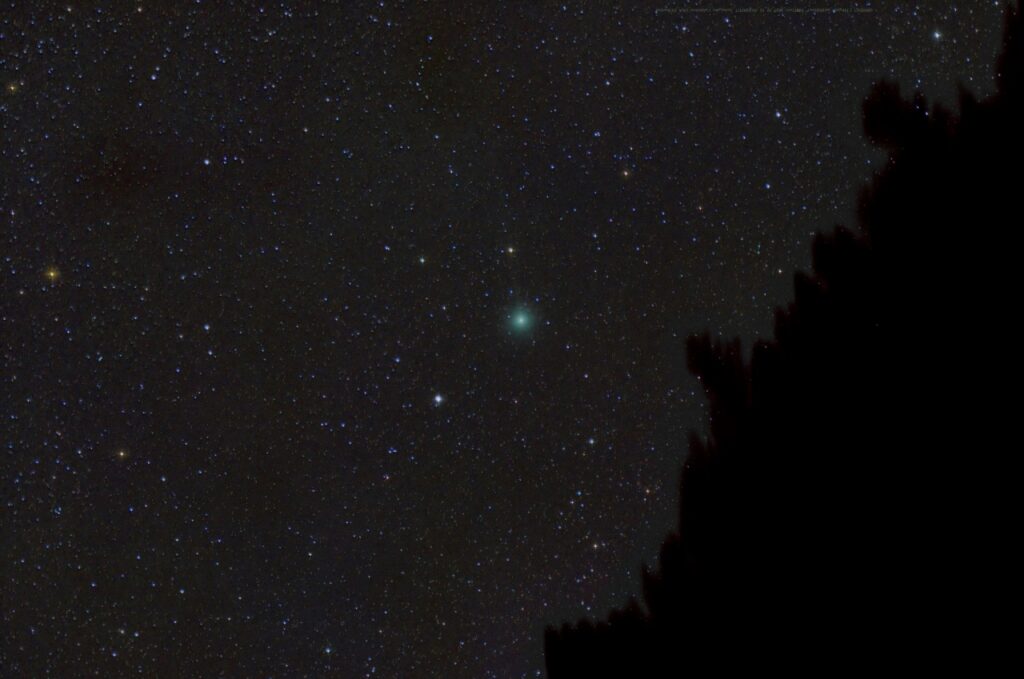
Where to see the Comet.
It is currently in the constellation of Gemini, and can be seen with a telescope, since its magnitude is 8.5. Then on August 26 you can see it in the constellation of Cancer, on September 5 it will pass through the constellation of Leo; on September 7 it will continue in the constellation of Leo but in the star Ras Elased Australlis, on September 9 it will pass to the star Adhafera.
On September 12, it will be at its closest point to Earth, and will remain in the constellation Leo, on September 15, it enters the constellation Virgo, on September 17, it reaches perihelion in the constellation Virgo, and on September 22, it will pass within 1°30′ of the star Porrima in the constellation Virgo.
There are two dates on which you will be able to appreciate it in a masterful way, the first one will be September 12, as it is the closest moment to the Earth, where it will be visible to the naked eye, before sunrise. The next date is September 17, at this time it will be even brighter, but you will have very little time to observe it because after a few minutes the sun will rise and you will lose sight of it, you will be able to see it at 12° from the Sun before sunrise.
If you can’t see it, don’t worry, Nishimura will return in mid-October, and will be visible only with a telescope as it will move away from our Sun, paving the way for the next comet in February 2024, C/2023 Tsuchinshan-ATLAS.
You already have the dates, and you even know where to see it, you should not miss it.
